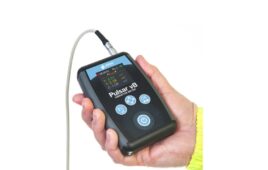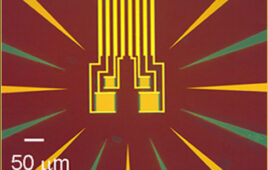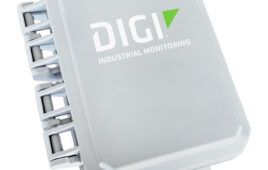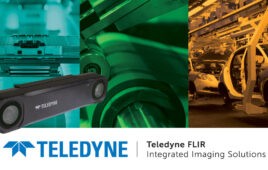At Sensors Expo 2019 in San Jose, CA, Lucas Tschuor, Head of Field Application Engineering at Sensirion, explains how his company’s proximal flow sensor is used in respiratory applications with the help of a teddy bear. With a very sensitive device, breathing cycles can be detected and help the patient breathe providing an ideal sensor for medical devices.
Located near the point of attachment, a proximal flow sensor measures the breathing flow rate and the volume of breathing gas in an endotracheal tube (ET) inserted into a patient’s mouth into their airway, an invasive procedure, or for non-invasive ventilation patients in hospitals, home care situations and emergency rooms. A proximal flow sensor is also used in an invasive tracheostomy to assist the patient’s breathing.
Unlike expiratory and inspiratory flow sensing that have delays due to their location, the proximal location provides very fast response and high sensitivity flow measurements.
A ventilator provides air for patients who cannot breathe on their own. However, if a patient starts breathing on their own, the patient’s breathing effort must be detected rapidly as possible to provide synchronization between the device and patient.
Sensirion’s SFM3300 and SFM3400 mass flow meters are fully calibrated reducing the time required by hospital staff. For adult applications, the SFM 3300 provides a bidirectional flow range of ± 250 standard liters per minute (slm) with a dead space of < 10 ml. For neonatal and pediatric applications, the SFM3400 has a bidirectional flow range of ± 33 slm with a dead space of < 1 ml.
Filed Under: Sensor Tips





Tell Us What You Think!